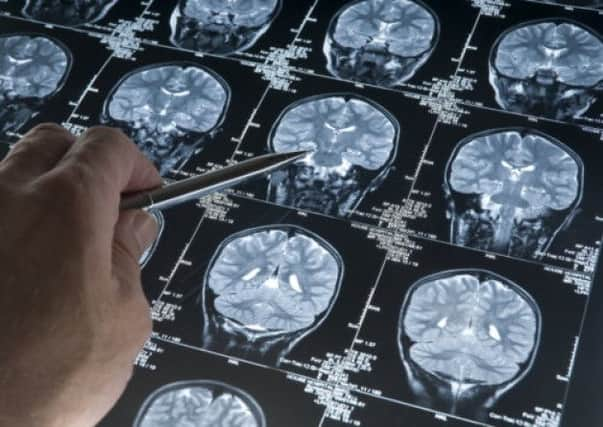Lasers look into brains of autism sufferers


Researchers at Edinburgh University are looking at what goes wrong in the complex brain circuits in people with autism.
They will then test potential drugs which could be used to combat the symptoms of autism, including repetitive behaviours and social and communication problems.
Advertisement
Hide AdAdvertisement
Hide AdThe work has been made possible following a £1 million donation from philanthropist Dame Stephanie Shirley to fund new laser microscopes which allow detailed examination of live brain tissue, at the university’s Patrick Wild Centre for Research into Autism, Intellectual Disability and Fragile X Syndrome.
This week will see the official opening of the Shirley Imaging Suites at the centre by the university’s chancellor, the Princess Royal.
Co-director of the centre Professor Peter Kind, said the first experiments using the new equipment had begun.
He added: “The microscopes use a type of laser which allows you to get much deeper into tissue. This allows us to start imaging in live tissue. So in terms of understanding how the brain circuits go awry, we can start to address those questions in ways we weren’t able to before.”
One of the imaging suites is focusing on looking at the brain activity in animals bred to have the characteristics of autism. In another, laboratory researchers are looking at the circuits of neurons in brain slices under the microscope.
Prof Kind said once they understood how neural circuits were going wrong in people with autism they could start testing chemical compounds to see if they could correct the way the circuits were misbehaving.
These could include drugs already in use in other conditions or clinical trial as well as more early-stage compounds.
Prof Kind said they were hopeful they could start these drug experiments quite soon, thanks to the equipment they now had.
Advertisement
Hide AdAdvertisement
Hide AdHe added: “These microscopes are dedicated to brain circuit function and what goes wrong in autism. Before Dame Stephanie’s donation we were just unable to do theses experiments.
“There are very few labs anywhere using this equipment to address questions of autism.”
While Prof Kind said he was reluctant to talk about a cure for autism, he was hopeful treatments could be developed which helped to address some of the key problems.
Robert MacBean, policy and campaigns officer at he National Autistic Society (NAS) Scotland, said: “This is very interesting technology that could help improve our understanding of autism. While we welcome research that could help us better understand the causes of autism, the most important thing is that we work to ensure people with the disability receive the support they need to reach their full potential.”